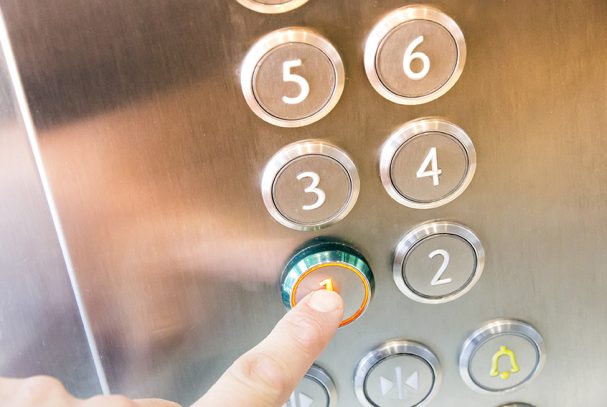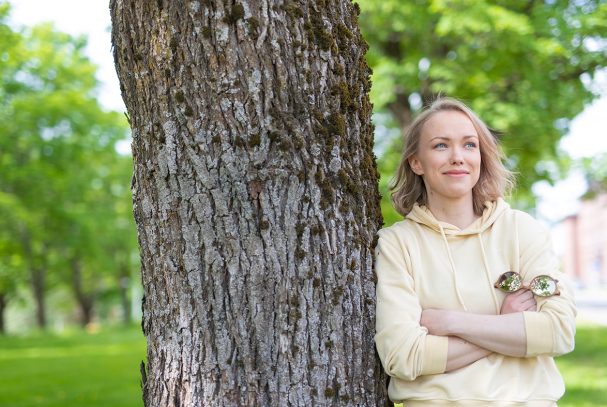Right now, we are living in interesting times where technology and functionality continues to thrive as our drivers for change. For example, technological and operational advancements around digital twins over the last two decades have opened new possibilities to manage data of built assets in a more efficient way.
Digital twin is an integrated software solution that can manage and update both static and dynamic information of a building across its lifecycle phases, coupling the physical asset with its digital replica.
It offers a realistic visual representation of the physical asset, created by enriching the geometric or graphical data with support from building automation systems (BAS), sensors, internet of things (IoT) components and other feedback systems informing about asset, its occupants, or its environment.
Technological and operational advancements around digital twins have opened new possibilities to manage data of built assets in a more efficient way.
Digital Twin synchronises and visualises data sources
Digital twin collects all the important information for maintenance from various sources, which makes it a useful tool for managing property maintenance processes and information. These different sources provide value-adding data about the management, utilisation, and performance of the asset, in order to enable a view of its past (tracking changes), present (monitoring) and future (simulating and predicting) states.
The Digital Twin raises the usability of the Granlund Manager software to a new level. It ensures that the required information collected during design and construction phases is available to users in a visual format. This improves information availability and usability for the property owner, service providers and end-users.
Digital twin collects all the important information for maintenance from various sources.
Building Digital Twins – Solutions to fit the problems
Digital twins with different levels of complexity can build customised solutions to solve wide range of problems that can answer to the needs of building stakeholders. This is showcased in the research conducted by Granlund during the year 2020 that reveals a demand for digital twins with different degrees of complexity and shows the diverse needs of Finnish building stakeholders.
The study also predicts that in the next few years simple digital twins offering solutions to specific needs will begin to expand the market and pave the way for more technologically intricate and multi-functional digital twins.




